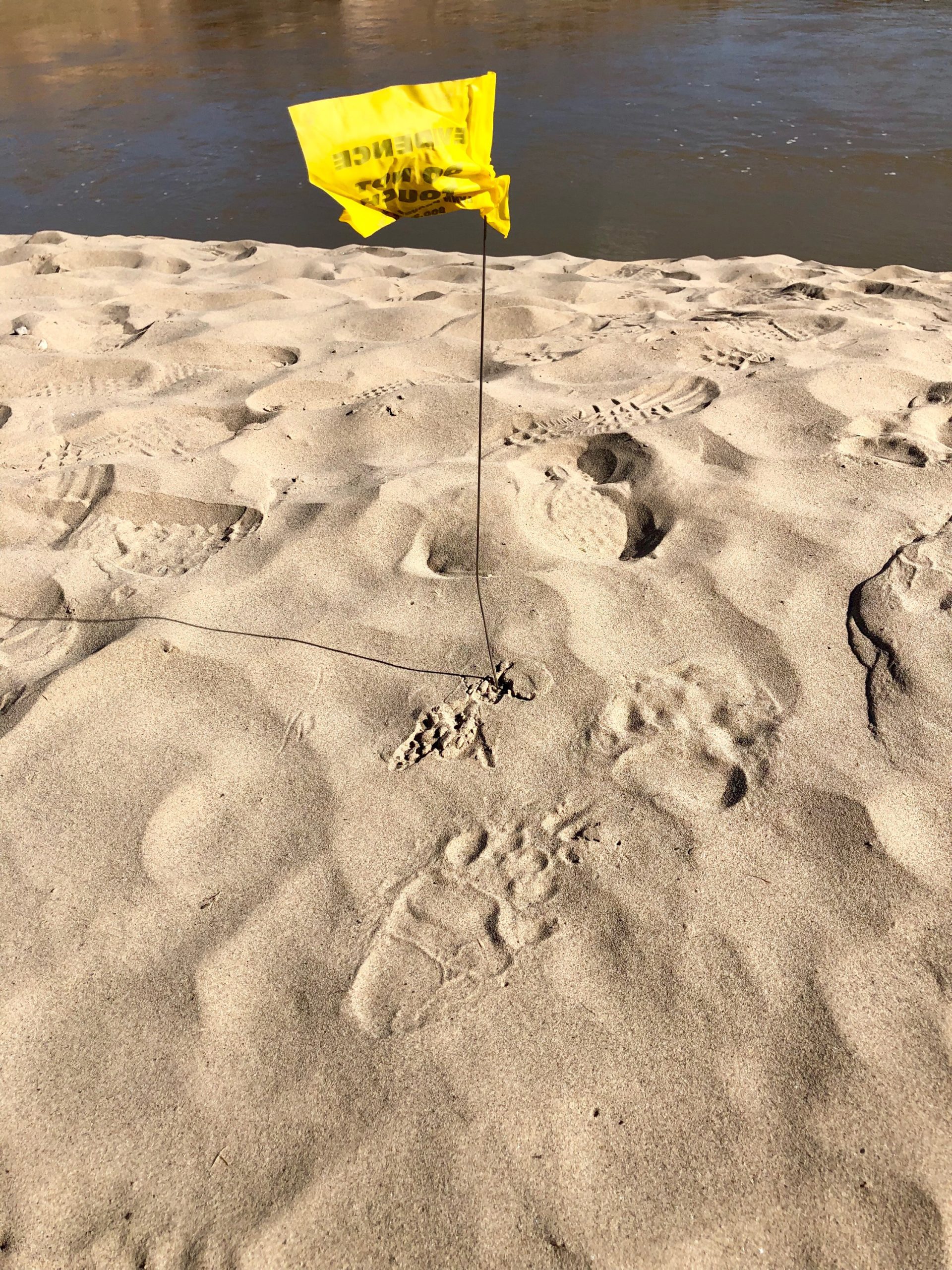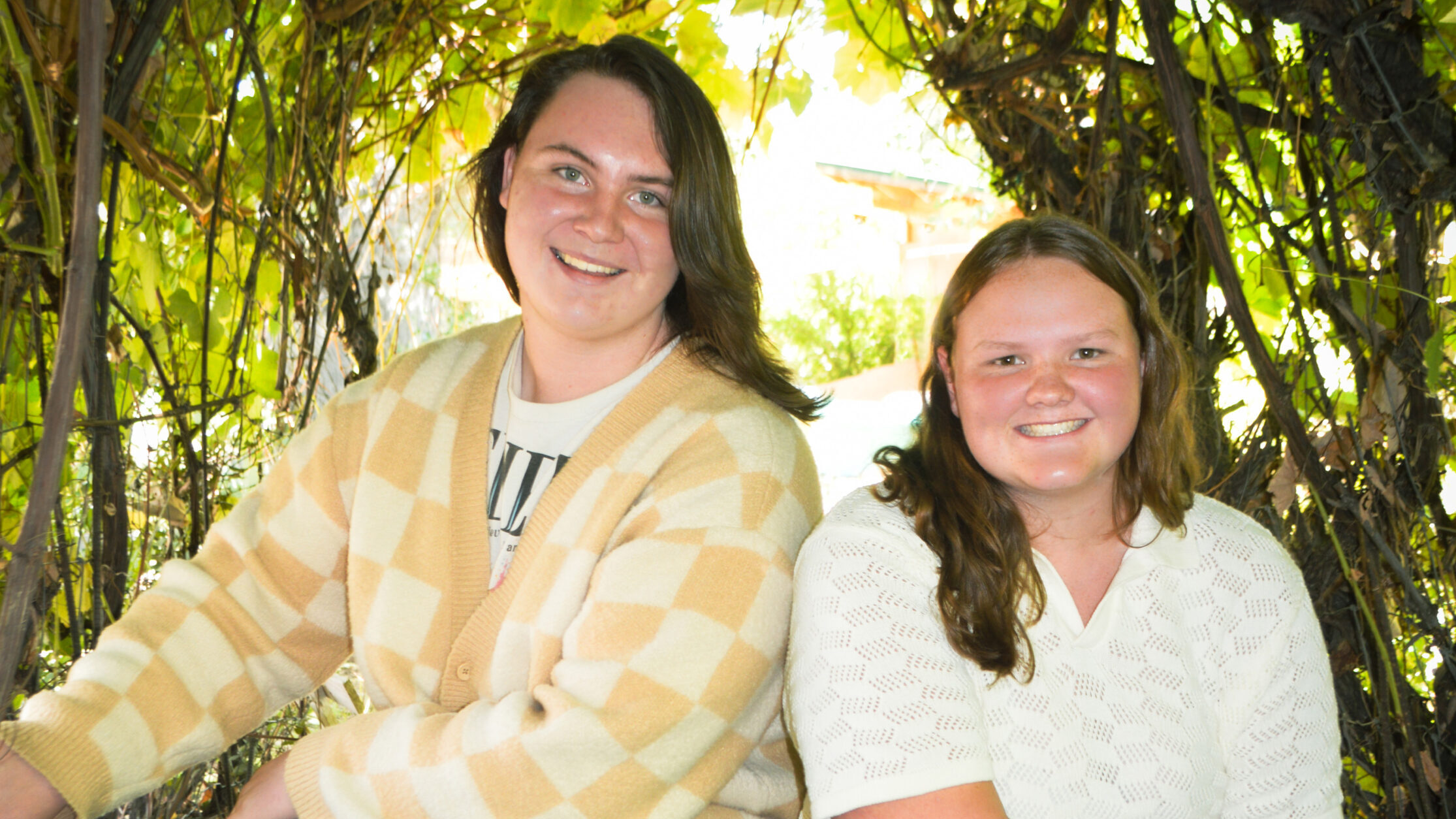Some information may be outdated.
Utah Division of Wildlife Resources officials have located a black bear that bit a boy on the head on Friday, Aug. 9, in the Moab area.
The incident occurred at the Dewey Bridge Campground along the Colorado River about 5:45 a.m. The 13-year-old victim was camping with a group and was sleeping on the ground near a riverside pavilion when the bear bit him.
The teen received injuries to his left cheek and left ear. He was taken to the hospital and was treated and released. He is expected to make a full recovery.
Conservation officers and biologists responded to the area and located the bear on Friday at 6:30 p.m.
The bear was found within a mile of where the incident occurred and matched the size, color and tracks of the bear involved in the incident. The bear also matched photos taken of a bear in the same area earlier in the week.
The bear was euthanized and, on Monday, underwent a necropsy, an autopsy for animals, to do testing, including rabies testing. The results will not be available until later in the week.
Bears are euthanized when they do not exhibit a fear of people, per state policy. However, the number of bears euthanized each year is quite small. Since 2014, there have been a reported 255 bear incidents that required action from DWR and, of those, less than 20% resulted in euthanization.
“The majority of the time, we relocate black bears when there are nuisance situations where a black bear is getting into trash or food,” DWR mammals coordinator Darren DeBloois.
“We primarily euthanize when it is a matter of public safety. We are so glad this young boy is doing OK, and we are confident we’ve located the bear that was involved in the incident,” he said. “We got into the wildlife profession because we love wildlife, and we enjoy managing and protecting animals so Utahns can get outdoors and enjoy them.”
The family of the boy injured in the incident has asked for privacy and does not want to do media interviews.
The Dewey Bridge Campground was temporarily closed while officials were locating the bear, but the Bureau of Land Management reopened it to the public on Monday.
For more tips on staying safe around black bears, visit the Division of Wildlife Resources website.
Appreciate the coverage? Help keep local news alive.
Chip in to support the Moab Sun News.





